Space exploration is not only carried out by countries that value peace and freedom above all else. The main opponents of the USA in the space arena are autocracies that can use it for armed attacks on other countries. The most powerful of them at the moment is not Russia, but China.

Russia as a descendant of the USSR
This is the third part of our story. The first part is here, and the second one is here.
The main factor determining Russia’s place in the world space arena is its status as the heir of the USSR. Due to it, this state received spaceports, launch vehicles, cargo and manned ships, industry for their manufacture. Almost everything Russia has done in the last 30 years is more or less successfully using the achievements of previous decades.
It was this technological legacy that allowed Russians to get closer to the United States in the mid-1990s, first within the framework of the Mir-Shuttle program, then as partners in the construction of the International Space Station, and after that as carters in the program of delivering American astronauts to the ISS by Russian ships.
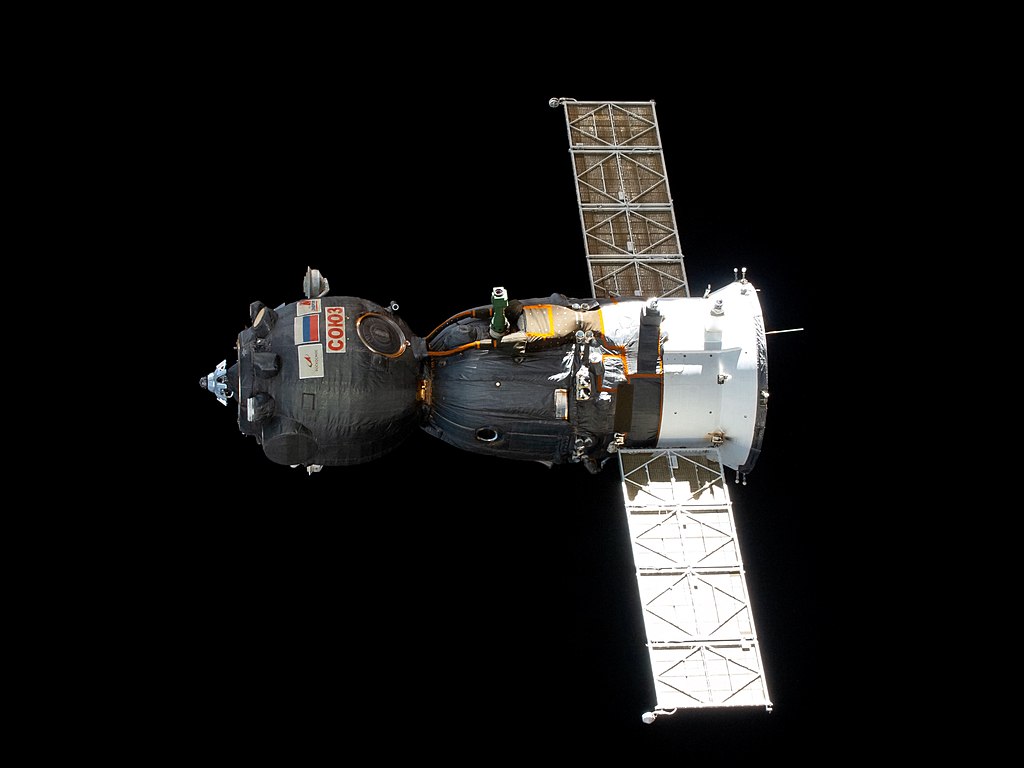
But gradually Russia had less and less of unique services it is able to provide. Meanwhile its policy on Earth was getting more and more aggressive, so it had ever fewer allies in space. In fact, it is only the former glory of the USSR that is still prompting other countries to consider the Russian Federation a serious space player.
Problems of the Russian space industry
The main problem of Russia’s space program is the lack of adequate funding and the inability to produce high-tech products. This is quite clearly demonstrated by the failed attempts to launch interplanetary automatic probes.
Therefore, in recent years, the role of the Russian Federation has been gradually reduced to a donor of space technologies for those countries that are just starting to look for opportunities in this field. It is clear that ESA and NASA are less likely to be among potential customers, unlike China, India and possibly Iran and North Korea.
Russia announced its plans to create its own space station, deploy a satellite network and participate in the Chinese lunar base project. But its ability to do at least something remains dubious due to the lack of supply of foreign components and the steady deterioration of their own economy by the sanctions caused by the invasion of Ukraine.
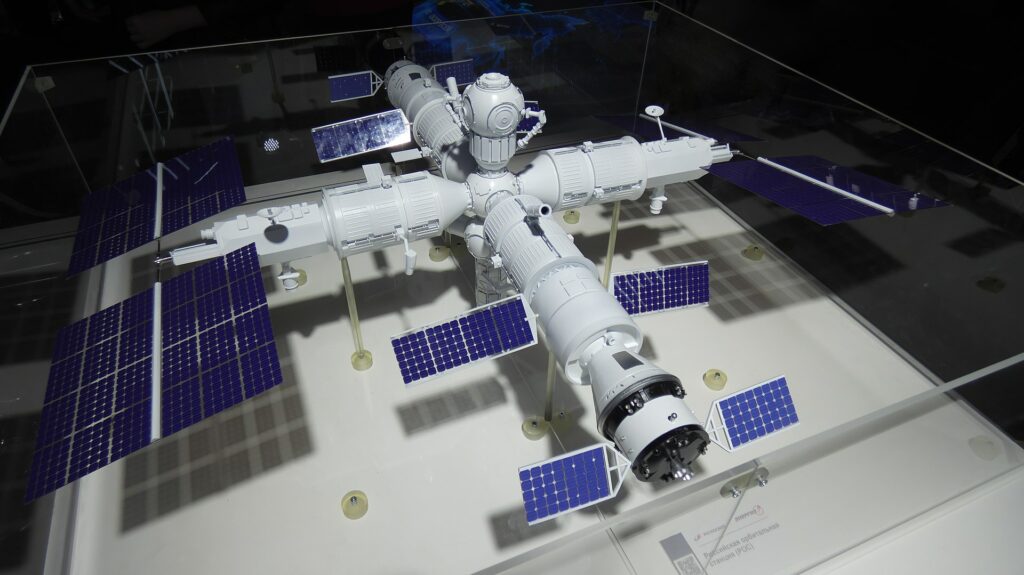
Among other things, Russia never managed to create its own private space sector. Attempts to start such companies took place during the 2000s and 2010s. However, even Sea Launch, created with the full support of other countries, turned out to be completely impotent over time.
At the same time, the aggressor country continues to develop the military aspect of its space program. It is not only about spy satellites and elements of the GLONASS global navigation system, which plays a key role in targeting missiles at civilian infrastructure. Back in 2021, Russia tested an anti-satellite missile weapon that proved to be as crude and dangerous to non-military targets as anything Russia does. And with the beginning of the aggression against Ukraine, hacker attacks on communication satellites were added to its arsenal.
Therefore, in the near future, Russia will play the role of the main destroyer in outer space. And it seems that its main ally will be China, which will almost certainly become the dominant partner in this pair. At the same time, it is very doubtful that the Celestial Empire will support Russia’s willingness to harm any of its antagonists in space.
Is China the future space leader?
The People’s Republic of China with its space organizations is today the main adversary of the United States in orbit and in interplanetary space. The tension in relations reaches the level that was observed in relations with the USSR during the Moon race.

As a matter of fact, the Moon is again at the center of the confrontation, although relations in the remaining areas of space exploration are confrontational. Now the Chinese space program is developing the most dynamically in the world. Meanwhile the United States and NASA are not going to lose their primacy at all.
At the same time, a feature of Chinese space organizations is their fragmentation. China National Space Administration (CNSA) is formally responsible for all space exploration. But in reality, it does not organize any launch.
Manned missions are handled by the China Manned Aviation Agency (CMSA). It is this organization that carries out all expeditions by Shenzhou spaceships. It built the first two space stations of the Celestial Empire, as well as the current one, the construction of which has just been completed.
Unmanned China’s programs including satellites and interplanetary probes fall under the purview of China Aerospace Technology Corporation CASC. It, in its turn, sometimes acts as a single whole, and sometimes as a conglomerate of separate relatively independent organizations. The most famous of them is the China Academy of Missile Technology (CALT), which is actually a giant industrial corporation that produces the entire Changzheng (Long March) family of launch vehicles.
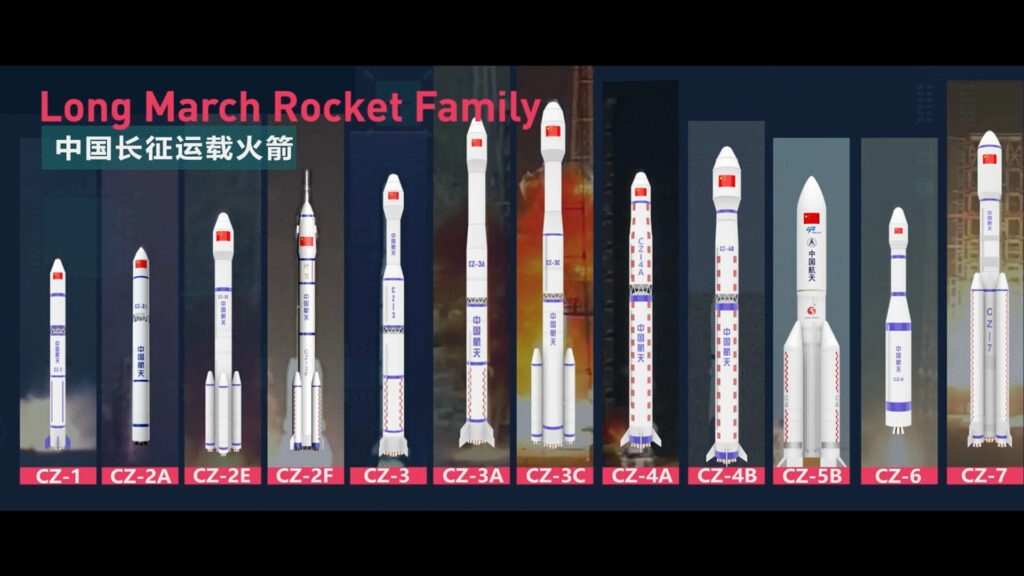
China invites scientific cooperation
When it comes to the unmanned component of the Chinese space program, first of all, attention is paid to military satellites. The PRC is trying to independently create an analogue of all the military satellite systems that the USA has — intelligence, communication and navigation.
However, from the point of view of possible international alliances, civilian scientific programs of space exploration are much more interesting. The Chanye project has already shown that it can bring results from the Moon that will be of interest not only to the Chinese Communist Party, but also to the entire world science.
Now the Chinese are trying to interest scientists from different countries in the new lunar apparatus of the Chanye series. Moreover, Russia, whose capabilities have long been deteriorated, is far from the first place in this list. The main potential partners are the countries of Europe, South Asia and Africa. The only ones the Chinese defiantly ignore are their US colleagues.
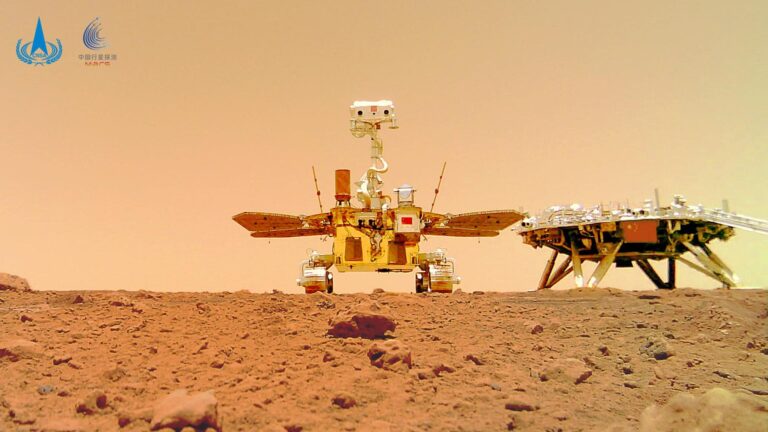
The Tianwen program is even more attractive. Currently, only the first mission has been launched. It put a probe into orbit around the Red Planet to observe its surface and delivered the Zhuzhong rover to the Martian surface. Now it is the turn of the apparatuses, which should deliver samples of material from Mars and comets, as well as explore the Uranus system.
For many countries and scientific organizations, participation in these missions is a chance to advance in space exploration. Therefore, it is quite possible that with their participation, China will play the role of the leader in the development of outer space, which currently belongs to the United States.
China’s private and military space
Despite the success of their state space program, the Chinese were one of the first to appreciate the advantages of private companies taking on a large part of the costs of developing a powerful space infrastructure in the US. Therefore, China decided to do the same. Currently, its space startups are second only to those based on the territory of its main competitor. Chinese startups have long learned to build satellites and are actively developing new launch vehicles.
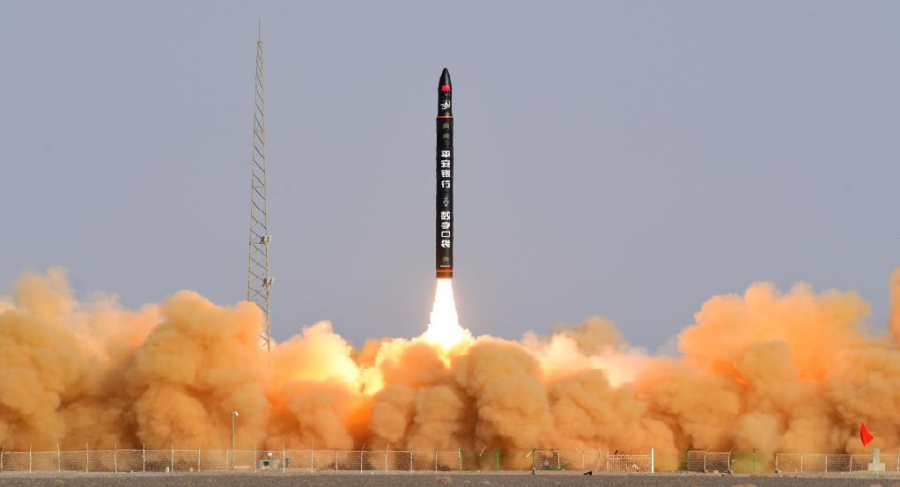
Galactic Energy, i-Space, Deep Blue Aerospace — all these startups, despite their English-language names, are actually Chinese. They successfully test not only disposable, but also reusable launch vehicles.
However, there is one huge issue with both civilian and private Chinese space: the lack of transparency in funding and decision-making. Because of this, many experts are convinced that behind all the above-mentioned organizations there is another one — the People’s Liberation Army of China (PLA).
There is nothing surprising in the fact that everything related to space is one way or another connected with the military. However, the non-transparent and undemocratic nature of the Chinese government makes us suspect that all the activity of Chinese civil organizations in space is actually aimed at creating weapons for the PLA.
Very little is known about the space programs of the Chinese military. Just like all their colleagues around the world they launch reconnaissance satellites. In addition, China has missiles capable of shooting down spacecraft, and the Air Force is quite openly considering using them in conjunction with hacking attacks to destroy the satellite arrays that the US government is building together with commercial companies.
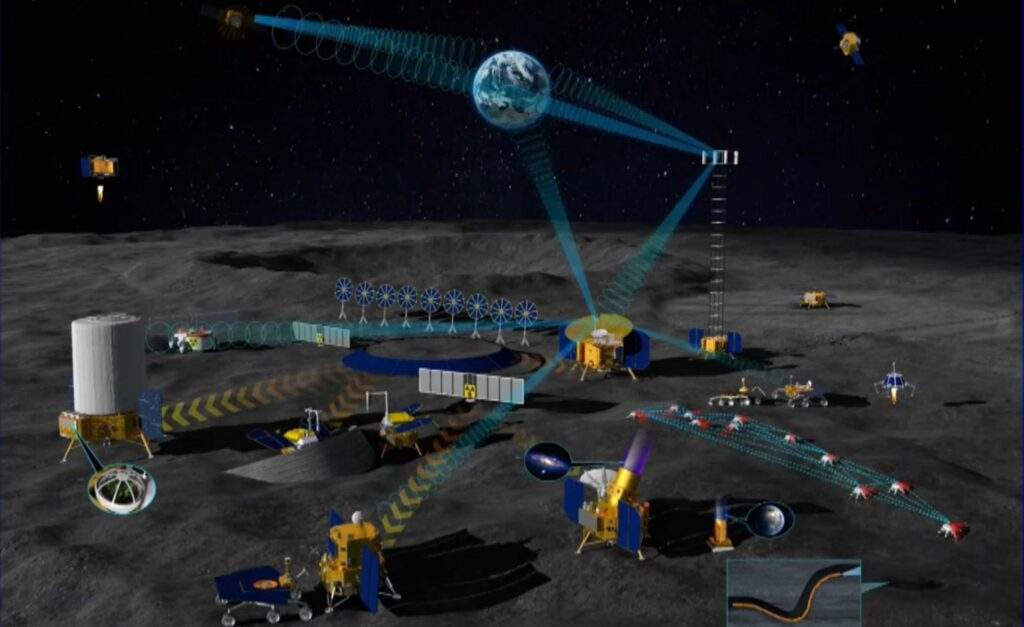
So the openness of Chinese private and state-owned companies to international cooperation is a good thing. But at the same time, there is always a chance to become part of the structure that the military of the PRC is creating to destroy one of the partners or even that very country that joins such an alliance.

